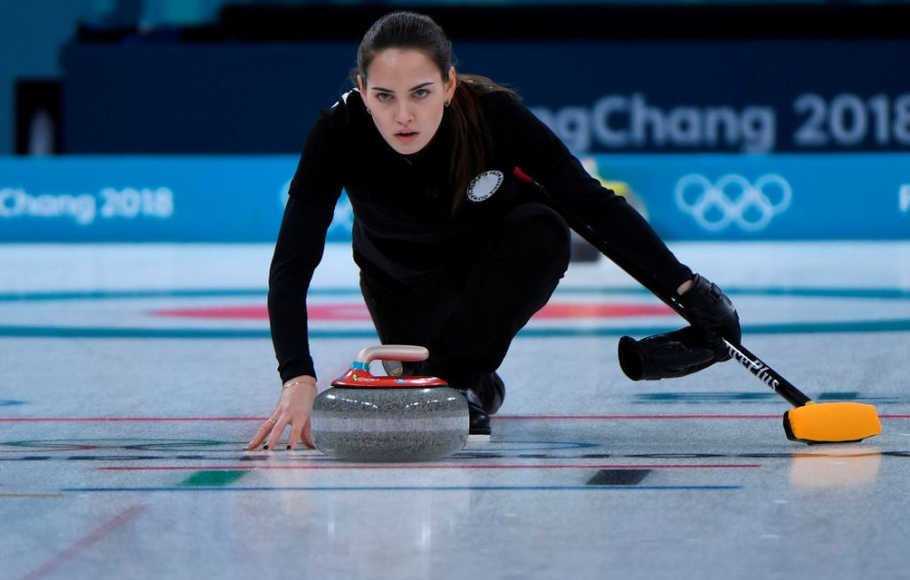UNAIR NEWS – The incident of athletes falling unconscious during physical activities is not a new thing. Recently, what happened to Christian Eriksen and Markis Kido became a trending issue. Disturbances in the cardiovascular system mostly caused this incident.
Dr. Andrianto, dr., SpJP (K) FIHA, FAsCC, an expert in cardiovascular diseases of the Faculty of Medicine, Universitas Airlangga, said that physical activity carried out by athletes can have an impact on their hearts. “It is important to note that exercising with heavy physical intensity and long duration can have a negative impact on the heart,” he explained on Tuesday, June 15, 2021.
This physical activity carried out by athletes will result in changes in sustainable cardiac physiology in the long term. Thus, such changes will make the size of the heart chambers larger. “We call it ‘athlete heart’ because the shape of the heart is similar to the athlete’s heart whose four chambers enlarge due to adaptation to exercises,” explained Dr. Andrianto.
Adaptations that occur in the heart are generally considered benign, but this assumption is not entirely correct. “Major changes in the heart muscle can also be followed by changes in the structure of contractile tissue into connective tissue, which can reduce contractility and elasticity of the heart muscle as a pump and potentially cause heart rhythm disturbances,” he explained.
In addition, collapsing due to cardiac arrest during exercise can sometimes occur due to genetic disorders, including structural abnormalities, arrhythmias, premature coronary heart disease or congenital coronary anomalies. “In the case of this genetic disorder, vigorous-intensity exercise can trigger fatal cardiac arrhythmia attacks that result in sudden cardiac arrest,” he said.
Signs and symptoms
Basically, the signs and symptoms that appear do not immediately cause the athlete to faint, become unconscious, or even have a seizure. They often go unnoticed and even tend to be ignored. One of the signs and symptoms to be considered is the occurrence of intense chest pain. “This chest pain often appears and worsens while we are doing our activities,” he said. Other signs and symptoms include the following.
- The heart often feels pounding and beats unstably.
- We often feel dizzy, and our body is slightly swayed when walking.
- We have difficulty breathing in a relaxed manner, and we require stronger inhaling and exhaling even when doing light activities or resting. Heavy breathing can also occur at intervals of exercise or when the intensity of the exercise has decreased.
- We have a medical history of sudden collapse during exercise, and our body becomes very weak.
- We have a medical history of loss of consciousness, such as fainting.
Dr. Andrianto advised if we experience these signs and symptoms, seek medical attention. “If you have these symptoms and signs, you should immediately consult a doctor,” he advised.
Prevention
The first prevention that can be done is to carry out assessment and monitoring to identify structural heart disease and asymptomatic arrhythmias. They will reduce the risk of sudden cardiac arrest. “The assessment and monitoring involve screening tests for pre-existing heart disease including medical interviews, physical examination of signs and symptoms of heart abnormalities, family’s medical history of sudden cardiac death, arrhythmias, and coronary heart disease,” he explained.
In addition, there are also supporting examinations to establish a diagnosis of heart problems, such as electrocardiography examinations at rest or cardiac stress tests (treadmills) and cardiac imaging examinations such as echocardiography and Magnetic Resonance Imaging (MRI).
Second, Dr. Andrianto emphasized that athletes should pay more attention to the signs and symptoms that may appear. The sooner an athlete can understand the signs and symptoms that appear on them, the better the prevention of possible collapse can be carried out.
Third, in addition to screening, the provision of knowledge, training, and preparation of medical and non-medical personnel and facilities involved in helping to treat sudden cardiac arrest during exercise are also very important. “Patients with a cardiac arrest can die within 4 to 6 minutes if not treated as quickly as possible. Therefore, the medical staff must be able to assist quickly and precisely to the victim,” concluded Dr. Andrianto.
Author: Icha Nur Imami Puspita
Editor : Khefti Al Mawalia (YA/AP)





